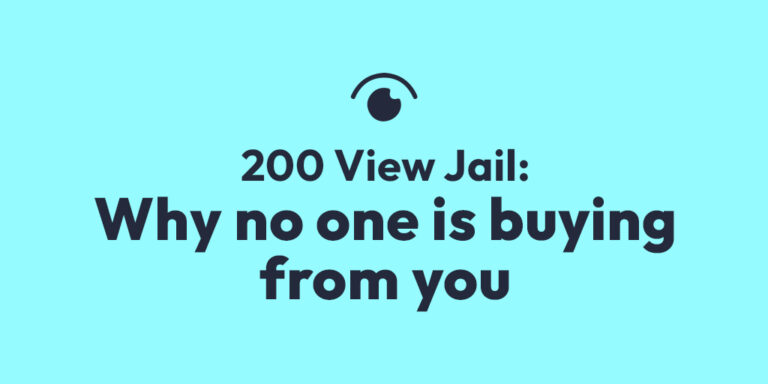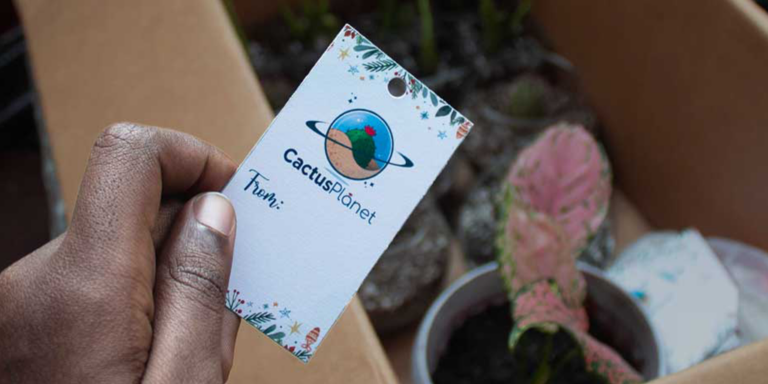How to Build a Community: It’s not just about selling. It’s about belonging.
Trust, reliability, and a shared purpose — these are the building blocks of any lasting community. They’re also the same foundations that underpin the success and longevity of a great brand. Think of that one business in your neighbourhood that everyone knows, supports, and has trusted for decades. That’s the power of community in action.
Today, while the world is more digital than ever, community-building isn’t limited to a physical location. In fact, building a community around your brand now mirrors the way we build relationships as individuals. It starts with making connections, fostering trust, and aligning with shared values, beliefs, and goals.
Your Brand Is a Whole Person
To understand the role of community in branding, it helps to think of your brand as a whole person. The visuals — your logo, colours, typography — are like an outfit, jewellery, or facial features. They shape the brand’s first impression. Then there’s the brand’s personality, which includes your values, goals, and the experience you offer. This is what builds trust and emotional connection over time.
That’s why successful branding isn’t about your personal preferences. It’s about aligning your brand with the community you want to be part of. Your design choices should reflect the tastes, expectations, and ideals of your audience. People do judge by appearances — it’s human nature. That’s why visual identity matters.
It’s Not About Selling Products
Here’s the real key: building a community around your brand is not about selling products. It’s about building genuine, lasting relationships with people who resonate with what your brand stands for. If your focus is only on transactions, you’ll miss out on the deeper emotional connection that leads to loyalty, advocacy, and growth.
Instead, aim to create meaningful interactions and foster a sense of belonging. When people feel seen, understood, and included — the sales will naturally follow. But the relationship has to come first.
Case Study: A Green Juice Brand
Let’s use a green juice brand as an example. If your target audience is made up of health-conscious individuals, your visual branding should reflect that lifestyle: think clean design, earthy tones, minimalist packaging. The brand personality should also match the community’s interests — words like nature, outdoors, and marathons come to mind. Every touchpoint, from your social media to your tone of voice, should echo those same values.
In other words, your brand should live like a member of the community it wants to serve.
Show Up for Your Audience
To have a community, you need to be a community member. Show up for your audience — whether online or in person. Engage in the conversations that matter to them. Support the causes they care about. Most importantly, be present, authentic, and consistent.
Relationships grow through shared experiences. Be there for your audience not just when you need them, but when they need you.
Community isn’t just a marketing strategy — it’s a mindset. When your brand behaves like a good friend, shows up with intention, and reflects shared values, it doesn’t just attract customers — it creates loyalty, love, and belonging.
Focus on people first. The rest will come later.



